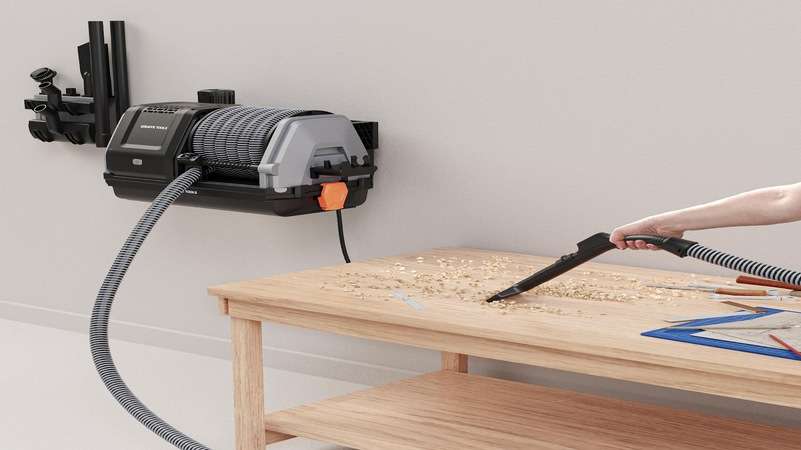There’s no denying how stressful funeral planning can be. If you’ve never been involved in learning how to plan a funeral service or even the service for your own funeral, you might be unaware of how logistically heavy the whole process can be.
Also, keep in mind the average sticker price range of $7,000 to $12,000 per funeral. It’s always preferable to talk about end-of-life wishes with loved ones in advance with a funeral pre-planning checklist on hand.
Unfortunately, many individuals avoid having this painful discussion or never get the opportunity to do so. The choices and information surrounding funerals and burial may rapidly become overwhelming without some direction at an already difficult time.
So, if you’ve been looking for a comprehensive funeral planning checklist, you’ve come to the right place. Read on for our full breakdown of an itemized list of all the steps you need to take.
How to Plan a Funeral Service: Understanding the Basics
A conventional funeral and/or memorial ceremony often includes various products, services, and logistics, as shown in the following list.
Many of these things may be planned and even paid for ahead of time, easing the burden on bereaved family members. On the other hand, other matters cannot be planned ahead of time and must be attended to after a loved one has died.
The Funeral Pre-Planning Checklist
Please keep in mind that these suggestions are not in any specific sequence. Many of them are, in fact, completely optional, but they may be worth considering to guarantee that no detail of the funeral preparation process is missed.
- Obtain a formal death certificate from a doctor or a hospice nurse, or dial 911.
- Arrange for the body’s transportation to the funeral home
- If desired, arrange for embalming and corpse preparation.
- Gather information for an obituary.
- Select a funeral home.
- Decide on the kind of disposition you want: this can be a cremation, traditional burial, interment in a mausoleum, or green burial)
- Choose between a coffin and a cremation container.
- Choose a gravestone and inscriptions.
- Locate a suitable burial site.
- Determine the service’s location.
- Choose the kind of service you want to provide (e.g., memorial, military service, wake, Jewish ceremony, a celebration of life)
- Select a florist and the floral arrangements you want.
- Choose pictures to be shown during the service.
- Prepare any additional displays, films, or mementos for the service.
- Write the obituary yourself or have someone else do it for you.
- In the obituary or death announcements, specify whether you want flowers, contributions to charity organizations, or both.
- Send the obituary to a few different publications.
- Choose music or songs for the funeral ceremony to be played or sung.
- Choose appropriate attire for the dead.
- Take a few texts to read during the service (e.g., scripture, poems, other meaningful readings)
- Purchase pictures for a memorial register or visitor book and assemble them.
- Obtain memorial cards.
- Create and print memorial folders or service programs.
- Arrange for family members to be transported to and from the service.
- Arrange for the casket’s transportation.
- Select an officiant to conduct the service (e.g., religious leader, family member, friend)
- Determine who will deliver the eulogy.
- Choose who will read the selected texts.
- You should choose pallbearers carefully.
- Get copies of death certificates (multiple copies)
- Determine if the deceased is entitled to any funeral benefits or services (e.g., veterans benefits, military honors, religious groups, fraternal organizations)
- Obtain permission for burial (sometimes referred to as a permit for disposition)
- Decide on a day and time for the service.
- Make any food or beverage arrangements for serving during or after the ceremony.
Remember that you might want to add or remove some of the items from this list. Besides, you might want to dig deeper, specifically more about who issues death certificates.
Locating Funeral Instructions
If a loved one prepaid or pre-arranged their funeral arrangements, it’s critical to track down that information and call the funeral home.
Encourage surviving family members to write a letter of final instructions as part of their elder care preparation.
If you’re unfamiliar with the term, a letter of instruction is a document that makes it easier to communicate instructions and wishes when someone passes away. This will relieve the family of having to make numerous funeral choices (since they’ve already been made) and may significantly reduce the cost of funeral services.
Understanding Funeral Prices and Costs
Funeral homes must present customers with an itemized summary of all prices for the products and services they provide, according to the Federal Trade Commission (FTC).
A General Price List is what it’s called (GPL). Furthermore, rather than accepting a complete package deal, the legislation allows customers to choose and buy just the products and services they want.
The following are the many types of costs.
The Basic Service Fee
This cost includes services that are common to all funerals.
Those will include the use of a funeral home, the services of a funeral director and funeral home attendants, arranging burial arrangements with a cemetery or other third parties, obtaining licenses and death certificates, and so on.
Optional Service Charges
Optional services such as corpse transportation, embalming, or the funeral home for viewing (or wakes).
Also, there’s the potential use of a limousine or a hearse. Burial containers, internment, and cremation are all subject to these costs.
Cash Disbursements
This charge covers products and services that the funeral home purchases on your behalf from other suppliers with your permission.
Flowers, religious services, pallbearers, obituary announcements, and other service providers like performers or caterers may all be included. The funeral home may charge an extra service fee for arranging arrangements with these third parties.
Pre-Planning Funeral Arrangements: Unlocked
Figuring out the procedures of saying goodbye to a loved one can be one of the hardest things one can do. However, by having a funeral pre-planning checklist with you, it’s much easier to go on autopilot and direct the bulk of your attention to family and friends.
And, if you enjoyed reading our article, then you’ll definitely like our additional tips and tricks. Those are available in our lifestyle section.
Read Also: Health Guide: How To Limit The Development Of Chronic Diseases
















